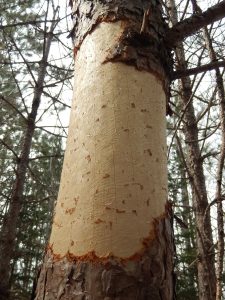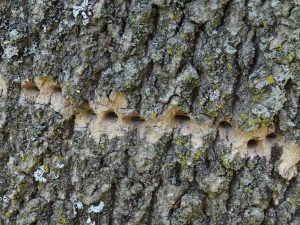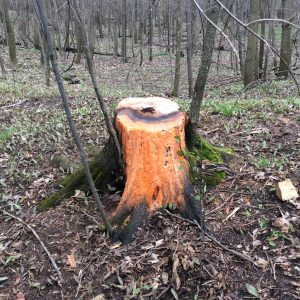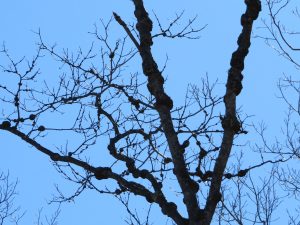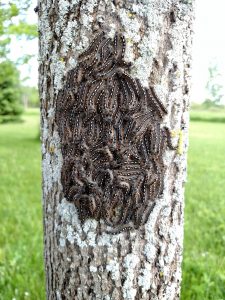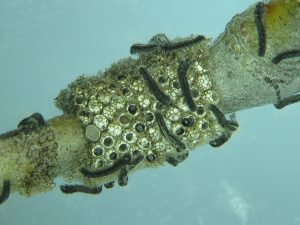The forest health program is in the process of updating some of our publications as Forest Health Fact Sheets. These publications offer biology, impact, prevention and management information about specific threats to forest health. Our new oak wilt fact sheet and hickory dieback and mortality fact sheet are currently available on the DNR’s forest health oak wilt and bark beetle webpages and will be available in the DNR’s online publications catalog in the near future. Enjoy!
Written by: Mike Hillstrom, forest health specialist, Wisconsin Dells (Michael.Hillstrom@Wisconsin.gov), 715-459-1371.


